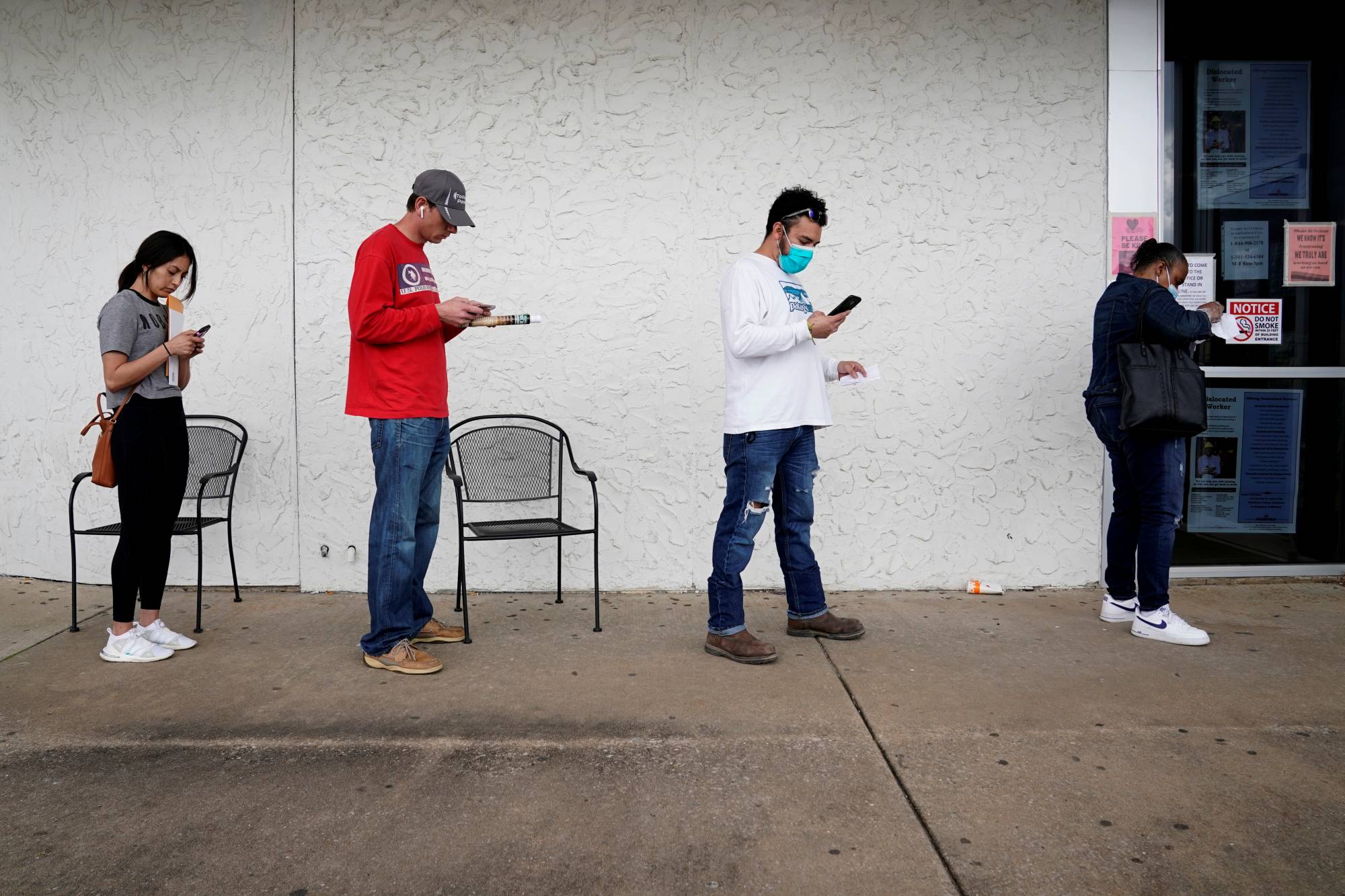Insights into the economy can be found in surprising places. In a brothel, for instance, how services are priced and who ends up working there can reveal a lot about the state of the business cycle. It also reflects structural changes in our economy and society.
When I spent time at the Moonlight Bunny Ranch in Nevada while researching a book a few years ago, I was struck by how many of the women came from families where the men didn't work. Many had husbands, boyfriends, brothers and male cousins who weren't in the labor force — without a job and sometimes not even looking.
This pattern has emerged in a growing number of American households lately. During each recession for the last 40 years, a sizable number of men — more than women — have left the labor force and not come back. So far, this has been true for the pandemic too, despite rising wages and the best job market in decades. The male prime-age labor force participation rate — the share of men age 25 to 54 who are either working or looking for work — has fallen over the years from 96% in 1970 to about 89% in 2020 before the pandemic.



